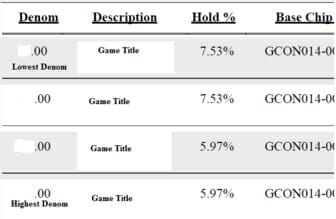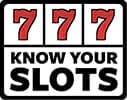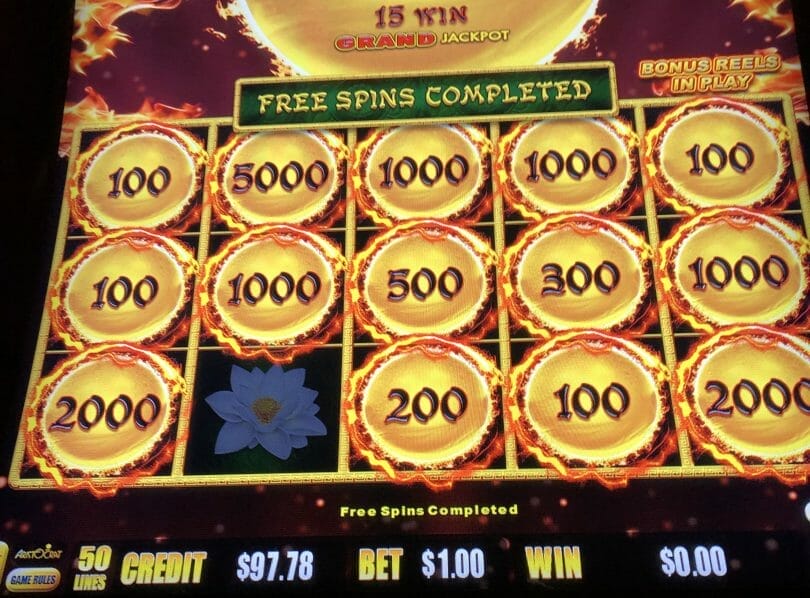Markets that report casino paybacks traditionally report their highest paybacks on higher denomination machines. Penny machines tend to pay the worst, the reports show, and $25 machines, which are among the highest denominations in most casinos, pay the best (for some reason $100 machines are usually lower, which may just be the general rarity they are played and the variance that comes with that).
But does that mean that higher denomination machines are guaranteed to pay more?
Status: Generally speaking, yes, but there’s caveats.
There are a few things that can determine the payback levels that go in those reports, as well as the designs of the machines themselves. As we discussed recently in our Class III slot discussion, no one except the casino and its slot floor employees truly know what a given machine is set to pay back, but the reporting gives us a bit of a clue.
The Complexity of Payback Reporting
For starters, it’s important to know what the reporting covers. In markets where electronic table games exist, those are sometimes folded in to the payback reporting. Video Poker is almost always included; those games tend to have a much better expected payback than slot machines (when played accurately, which many times they are not), and they can potentially pull the average up at popular denominations like quarters and dollars.
On the flip side, when it comes to multi-denomination machines, the reporting of all payouts for a given machine is likely folded in to the lowest denomination the game supports (although this may not be true everywhere or for all machines). Multi-denomination machines have its own challenges, as we’ll cover shortly.
Slot Machine Limitations
Casinos still have to choose from the payback options a slot manufacturer offers them. Unless the manufacturer specifically releases a high limit version of a given game, a casino may choose to have the same payback, at, say, a 1 cent or 2 cent denomination, because the steps are too wide for the casino to consider moving up a tier for the higher denomination.
Multi-denomination machines may not always have the choice of payback differences at each denomination, and when they do, casinos may not choose to have every denomination be different.
Kevin Sweet, an executive at the Cosmopolitan of Las Vegas, shared on Vegas Fanatics an anonymized example of a modern multi-denomination machine with four denomination choices. (This was shared in January 2019.)
Other than Wide Area Progressive machines, the casino has complete control of setting the payback percent on a game (within the choices that the manufacturer produced).
Kevin Sweet of The Cosmopolitan of Las Vegas, posting on the Vegas Fanatics forum
Most games will come with between 3-6 paytable choices to choose from. And those will range from “Super Tight”, call it in the 13-15% range, to “Super Loose”, which is like 4-6%. Each paytable jump will be around a 2-3% difference.
It’s no different that viewing various video poker paytables. I could run 9/6 double double bonus at 1.02% or 9/5 at 2.13% or 8/5 at 3.21%. (VP ranges are much closer together.)
I am pasting below an actual snippet of a game on our floor from our mandated forms that we must be able to produce at anytime should we be audited.
It has four denominations. And for this game we utilize two different paybacks. As the denom goes up, you’ll see a more favorable payback percent.

In his case he chose to have the lower two denominations have the same payback level, and the higher two denominations also have the same payback level. But another casino may choose to make a different decision, presuming they have the ability to separate paybacks at all (older machines are much more likely to not have the option than newer ones).
What Kevin’s example does show though is that at least on some casino floors, there is some credence given to having higher denominations have a higher payback, which makes sense given the volume of money going through at, say, dimes vs. pennies.
What Does This All Mean?
For practical purposes those generic reports of payouts is about all you’ll have to go on, so the above is interesting information from a theoretical perspective but you won’t have much luck finding the machine that’s programmed with higher paybacks.
But since we know it’s possible a game with a higher denomination is set at a higher payback, we can still choose accordingly to give ourselves the best chances of success. So, given a choice of a variety of machines, this would be the best sequence to go in terms of selecting a game to play (using a $5 bet as an example on Lightning Link, which generally has both high- and low-limit versions):
- 50 dimes, which would be mininum bet, on a high limit Lightning Link machine
- 50 dimes, which would be the minimum bet at a higher denomination, on a penny Lightning LInk
- 100 credits at 5 cents
- 250 credits at 2 cents
- 500 credits at 1 cent
You can’t be guaranteed the high limit machine will be at a higher payback, but you can take an educated stance that it won’t be any worse than the penny machine, and hopefully it’s better.
Do you purposefully seek out higher denomination machines with the same bet to try to stretch your money longer? Share your opinion in the comments!






Very informative, the hold% snippet was a nice look inside that hardly ever happens. That alone will have me spending a few more bucks at the Cosmo this August. Thanks Joshua